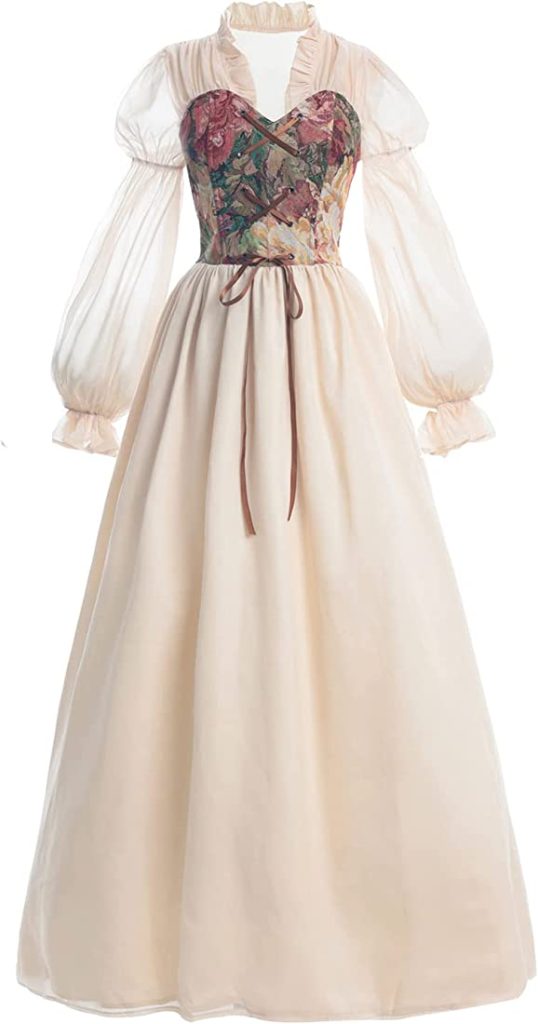The Renaissance period in Europe from the 14th to the 17th century was a time of great cultural, artistic, and intellectual growth. During this period, fashion and clothing played an important role in expressing social status and cultural identity. Renaissance dresses were known for their intricate designs, luxurious fabrics, and attention to detail.
In this article, we will explore the magic of Renaissance dress and what makes it so captivating.
Renaissance Dress: A Reflection of Society
Renaissance dress was a reflection of the values and ideals of the people who wore them. Clothing was heavily influenced by the art, architecture, and literature of the period, reflecting the cultural and social landscape of the time. Renaissance dresses were also a symbol of social status, with the wealthy and elite wearing the most luxurious and elaborate clothing.
The Evolution of Renaissance Dress
Renaissance dress underwent a significant evolution during the period. At the beginning of the period, clothing was heavily influenced by the medieval period, with loose-fitting garments and long, flowing sleeves. As the period progressed, fashion became more tailored and fitted, with a greater emphasis on the natural curves of the body. Renaissance dress became more complex and layered, with women’s dresses often consisting of multiple layers of undergarments and an outer gown.

The Beauty of Renaissance Dress
Renaissance dresses were known for their intricate designs and attention to detail. Dresses were often heavily embellished with embroidery, lace, or beading, and were made of high-quality materials such as silk, velvet, or brocade. The use of rich colors and luxurious fabrics added to the beauty and elegance of Renaissance dress.
The Corset: A Renaissance Icon
The corset was a defining feature of women’s Renaissance dress, and was worn to create a slim and elongated silhouette. Corsets were often made of stiff materials such as whalebone, and were laced tightly to provide the desired shape. The corset was a symbol of femininity and was often heavily embellished with embroidery or beading.
The Gown: A Symbol of Luxury
The gown was the outer layer of the Renaissance dress and was often made of rich fabrics such as silk, velvet, or brocade. Gowns were typically long and flowing, with voluminous skirts that were often pleated or gathered at the waist. The gown was a symbol of luxury and was often heavily embellished with embroidery, lace, or beading.
Renaissance Dress in Art
Renaissance dresses were heavily represented in art during the period, with many famous Renaissance paintings depicting men and women in their finest clothing. These paintings offer a unique insight into the styles and designs of Renaissance clothing, as well as the values and ideals of the people who wore them. Renaissance art also helped to shape the fashion of the period, with painters and sculptors often influencing the designs and styles of clothing worn by the rich and elite.
In conclusion, Renaissance dress was a reflection of the values and ideals of the people who wore them, as well as an expression of individual identity and personal style. The beauty and elegance of Renaissance dresses continue to inspire and captivate people today, making them an enduring symbol of this iconic period in history. The corset, gown, beauty of Renaissance dress, Renaissance dress in art, and the evolution of Renaissance dress are all important aspects of this magical world of fashion. Renaissance dress is a testament to the enduring power of fashion and clothing to communicate cultural identity and social status, as well as to captivate and inspire people across generations.